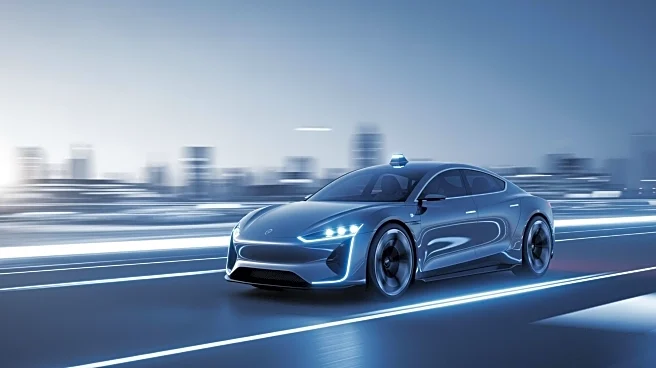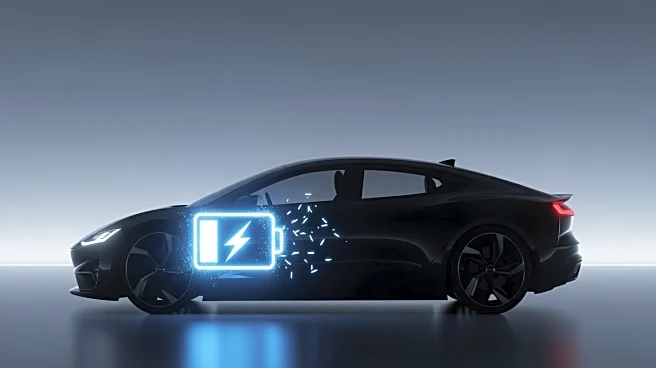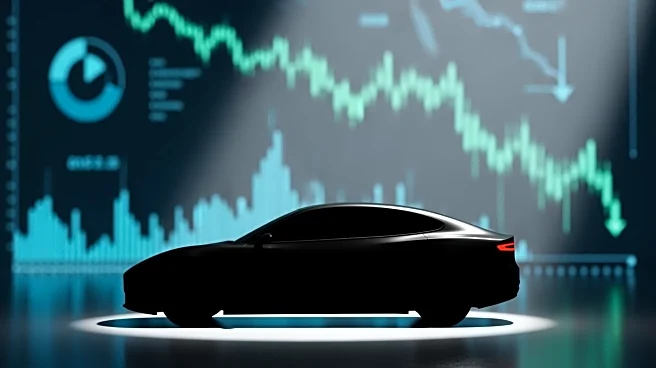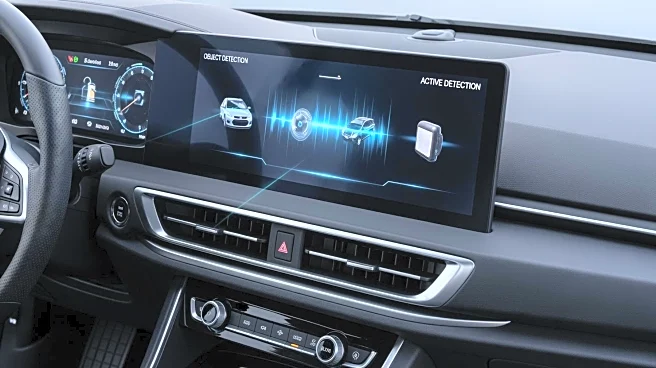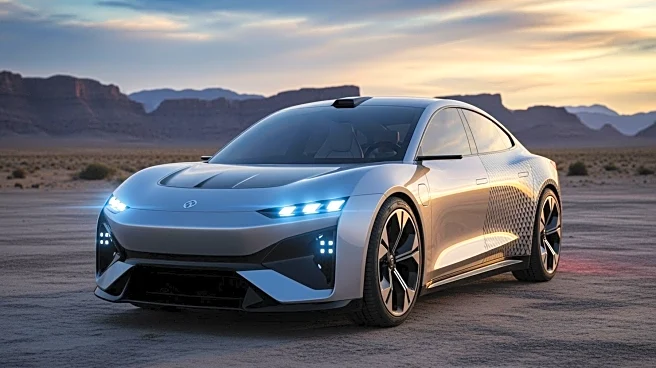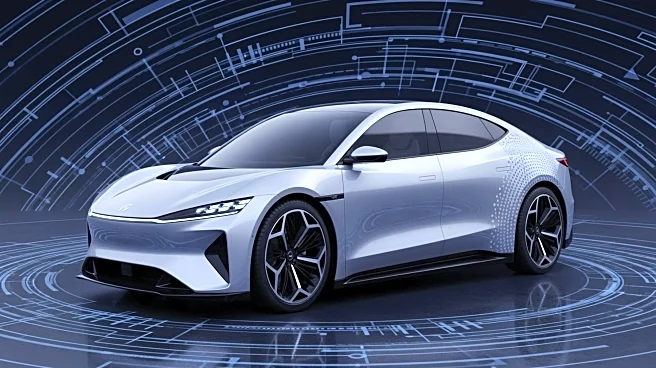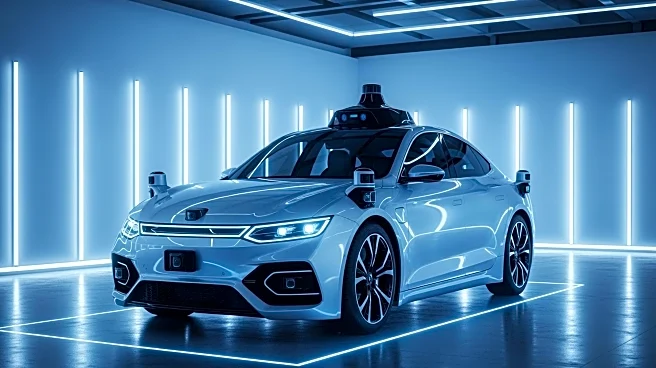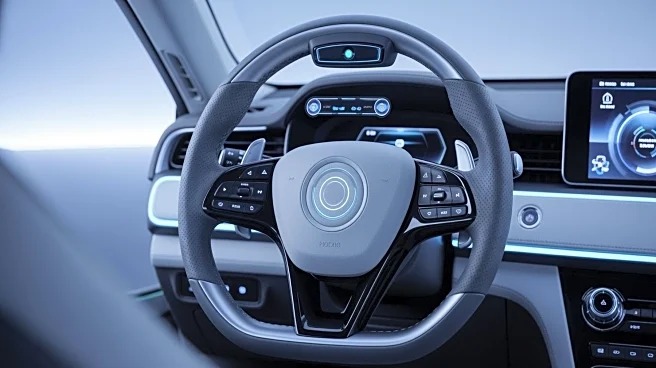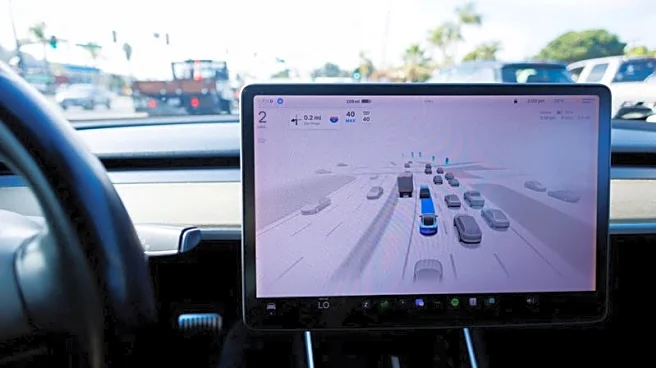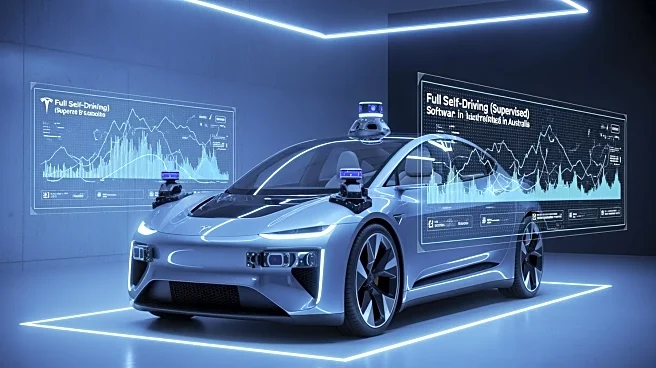What's Happening?
A viral TikTok video has highlighted an issue with Tesla's object detection system, where a car mistakenly identified a graveside vase as a pedestrian. This incident, reminiscent of a similar event in 2021, has reignited discussions about the limitations
of Tesla's non-LIDAR object detection technology. The system, which lacks the ability to use lasers for 3D imaging, has been known to produce false positives, such as mistaking inanimate objects for people. This issue is part of a broader concern about Tesla's 'phantom braking' phenomenon, where cars unexpectedly brake due to perceived threats that do not exist. The National Highway Traffic Safety Administration (NHTSA) had previously investigated this issue, leading to a recall of nearly 12,000 vehicles in 2021.
Why It's Important?
The recurring issues with Tesla's object detection system underscore significant safety concerns for both Tesla owners and other road users. False positives, such as mistaking objects for pedestrians, can lead to unnecessary braking, potentially causing accidents. This is particularly concerning given Tesla's push towards autonomous driving technology. The reliability of object detection systems is crucial for the safe deployment of self-driving cars. As Tesla continues to refine its technology, these incidents highlight the challenges of achieving accurate and reliable object detection without LIDAR. The situation also raises questions about the adequacy of current safety standards and regulatory oversight for autonomous vehicle technologies.
What's Next?
Tesla is expected to continue refining its object detection system to reduce false positives and improve safety. The company has already made changes, such as removing ultrasonic sensors, to enhance the system's capabilities. However, ongoing scrutiny from regulatory bodies like the NHTSA may lead to further investigations or recalls if issues persist. Tesla's response to these challenges will be closely watched by industry stakeholders, as it could influence the future of autonomous vehicle technology and regulatory frameworks.
Beyond the Headlines
The incident highlights broader ethical and technological challenges in the development of autonomous vehicles. The reliance on non-LIDAR systems raises questions about the trade-offs between cost and safety. Additionally, the viral nature of the TikTok video reflects the growing public interest and skepticism towards self-driving technology. As these technologies become more prevalent, manufacturers will need to address both technical and public perception challenges to ensure widespread adoption.


